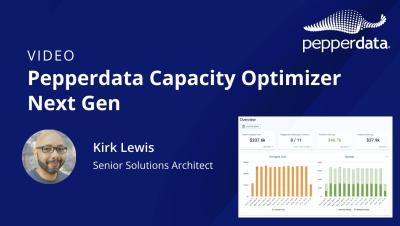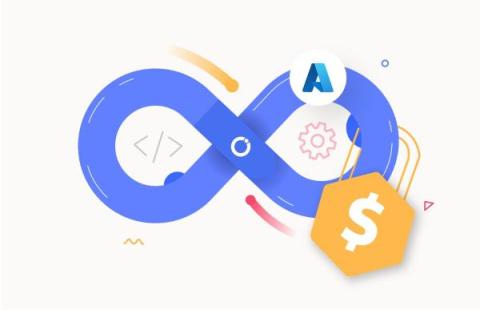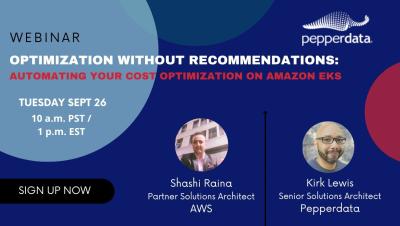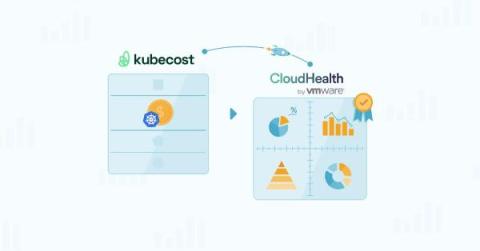Designing Your Cloud With Failure In Mind
Implementing any cloud development project can be tricky, and frustrating. Especially when you are pressured with time, reactive approaches, or cost-saving scenarios. However, there are some things you can do to implement solutions in your cloud architecture for long-term scalability and risk mitigation. Rather than short-term fixes until it arises again, consider designing your cloud with failure in mind, or speculating worst-case scenarios. It might sound counterintuitive or obvious.











